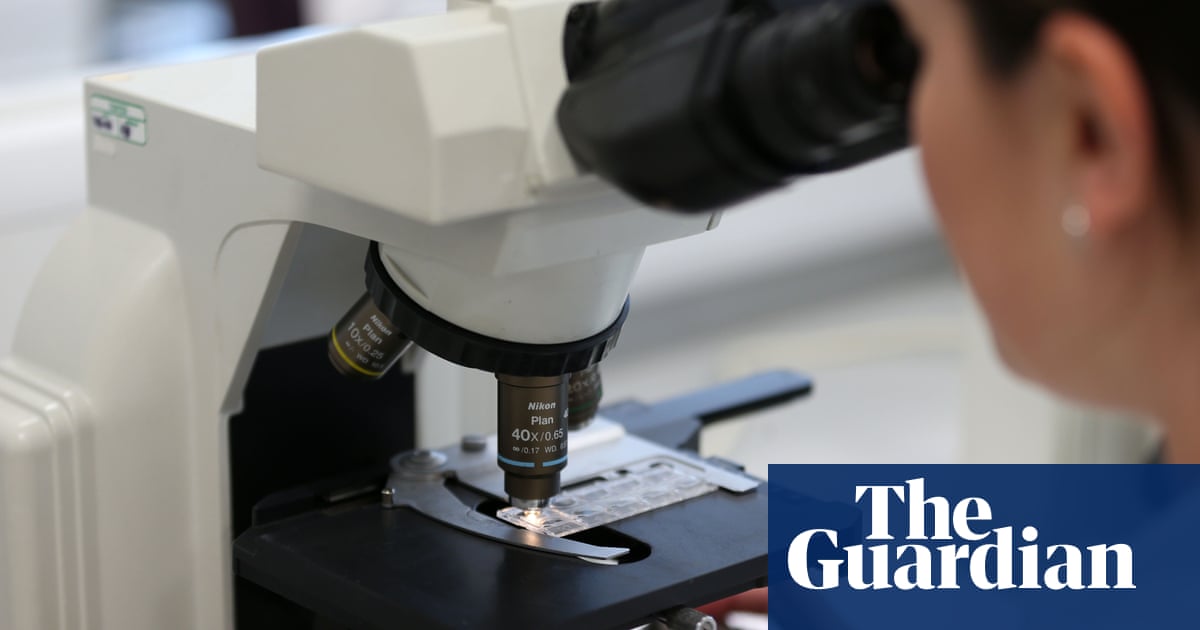|
How to remove mould from silicone sealant for good without bleach Mould is a stubborn issue that can spread to grout, walls, washing machines, and even the silicone around your bath. Despite the waterproof nature of silicone sealant, it’s susceptible to peeling away and harbouring persistent mould, which becomes a cleaning nightmare as its flexibility allows mould to nestle into tiny crevices. However, there’s no need to rely solely on harsh chemicals to banish mould. Cleaning expert Ollie Lyon from PlumbNation offers a far superior approach for addressing mould and preventing its return. Ollie noted: “Luckily, if you spot mould in your bathroom or around the rest of your home, there are a few things you can do to get rid of it.” To tackle mould on silicone, the solution lies in the use of common white vinegar found in your kitchen. The acetic acid in white vinegar destroys mould spores quickly and efficiently. What’s more, its natural antimicrobial properties mean that it creates a hostile environment for bacteria, fungus, and mould to prosper, keeping reinfection at bay. Ollie detailed: “Mild white vinegar is a brilliant mould deterrent. Its acidity makes it inhospitable for mould to grow, and vinegar can clean up to 82% of mould species.” The remedy involves mixing equal parts of white vinegar and warm water in an empty spray bottle and then soaking the affected silicone sealant with this blend. Leave the vinegar solution on the mouldy area for at least an hour; though if the mould infestation is particularly bad, it may be beneficial to leave it on for a longer period. After the time is up, simply wiping the silicone surface should result in the mould disappearing. Rinse with warm water to get rid of any leftover vinegar, and then thoroughly dry the area with a clean towel. Ollie recommends: “Dry the surface thoroughly with a towel to prevent any mould re-growth. Keep a bottle of vinegar handy in the bathroom and spray onto mould-prone surfaces every few days. Vinegar ensures that mould will never grow back on the applied surfaces.” For particularly tenacious mould, Ollie suggests letting the vinegar solution work its magic overnight for a more effective clean and to discourage future growth. It’s also crucial, however, to maintain regular upkeep by wiping down surfaces and making sure bathroom walls are dried after usemould can only flourish in damp conditions. Promoting good airflow within the bathroom is a further step to hinder mould; ensure you regularly ventilate the space via an open window or the use of an extractor fan. Source link Posted: 2025-05-01 02:25:31 |
Swab test could help UK women avoid invasive checks for womb cancer | Women's health
|
|
Arsenal v Real Madrid: Champions League quarter-final – live | Champions League
|
|
Manchester City v Brighton, Everton v West Ham and more football: clockwatch – live | Football
|
|
Steve McQueen’s favourite film is a classic 1960s war film now on Amaz | Films | Entertainment
|
|
Detention of South Sudan's VP nullifies peace deal, his party says
|
|
High blood pressure is linked to one food you should avoid
|
|
Rowan Atkinson said 1939 classic is the best book ever written | Books | Entertainment
|
|
Horror as vaping research reveals deadly effects
|
|






